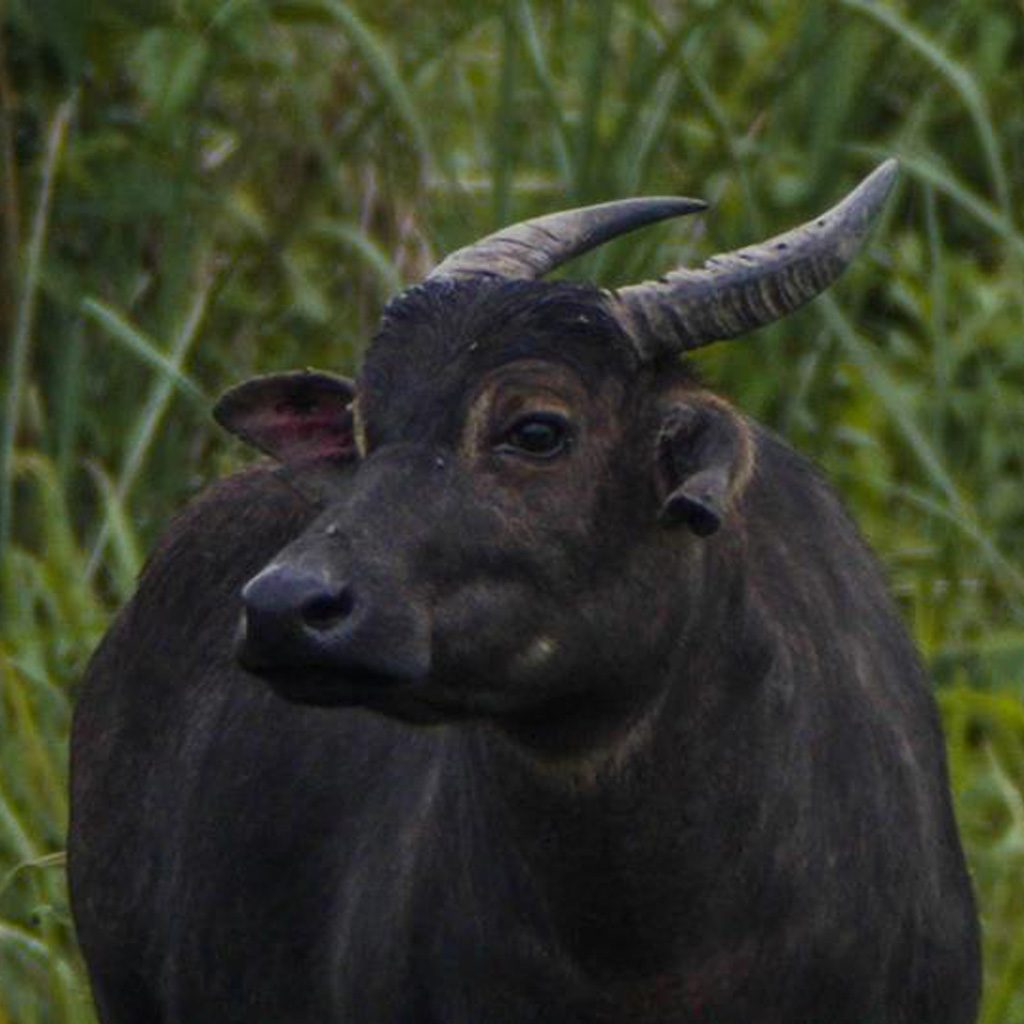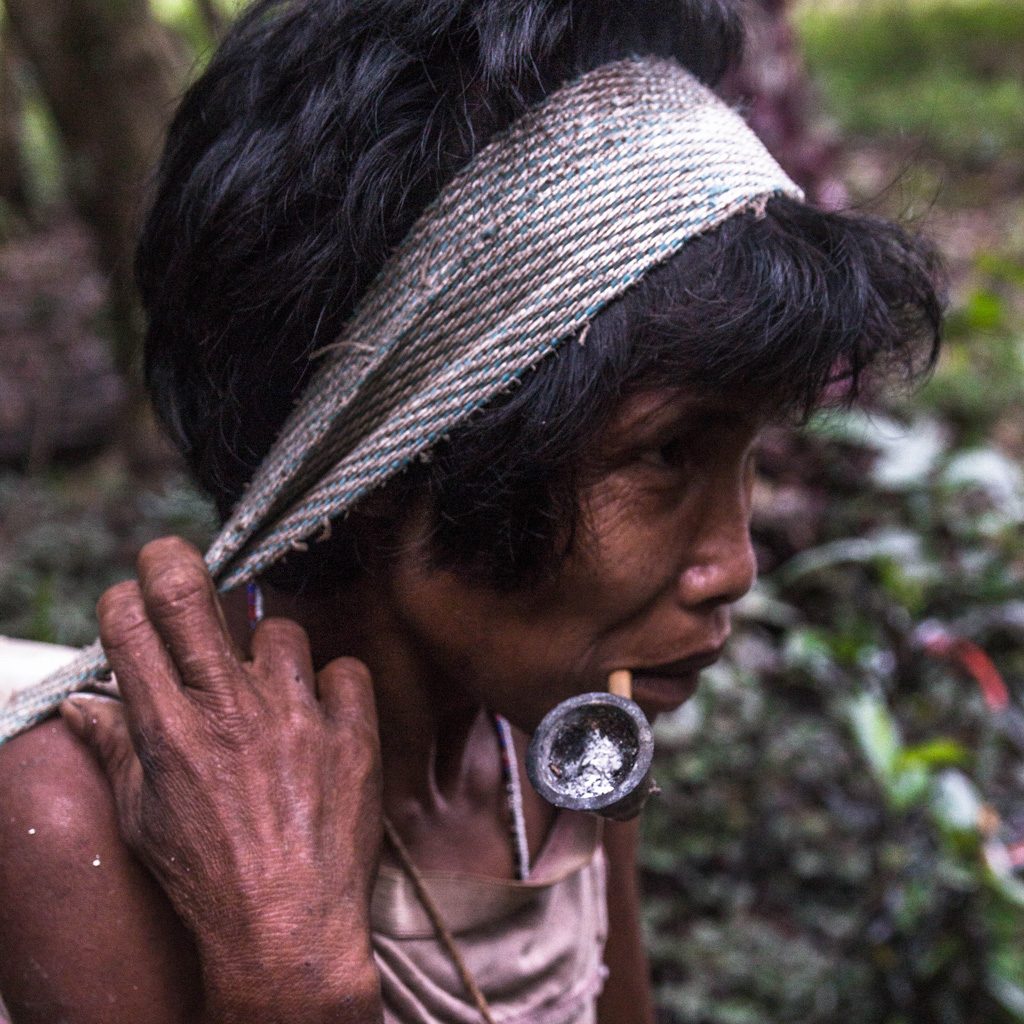Mts. Iglit-Baco Natural Park is the habitat of the endemic Tamaraw (Bubalus mindorensis), listed by the International Union for the Conservation of Nature as critically-endangered. Because of the endangered Tamaraw, the Park was initially established as “game refuge and bird sanctuary” before it was declared as an ASEAN Heritage site.
The Park is also home to two (2) Indigenous Peoples’ group: the Tau-Buid and Buhid,thus it was earlier categorized as Mangyan Heritage Natural Park. This social attribute, coupled with the presence of the Tamaraw, has earned the Park an international recognition making it as one of the ASEAN Heritage Parks.
Other forms of wildlife can also be found in the Park such as the Philippine Deer and Wild Pig as well as a number of bird species which are endemic to the island.
Source: whc.unesco.org

House Bill No. 4606 promotes the official adoption of the Tamaraw as the national land animal of
the Philippines, however, the bill has not yet been signed. As a group, we hope to lobby for the SAVE THE TAMARAW movement and to create more awareness to our fellow Filipinos on our tamaraws as well as the individuals who are involved in their conservation.
With only over 500 left in the wild as of last April 2018’s count, we need to act together to ensure they continue to grow in number in the years to come.
Photo taken from camera traps donated by WWF to the Tamaraw Conservation Program

Through ecotourism and by providing avenues where we can promote locally-sourced handicrafts and products made by communities residing in the park, such as the Rangers and members of the Mangyan tribes, we can mobilize resources to provide additional sources of income.